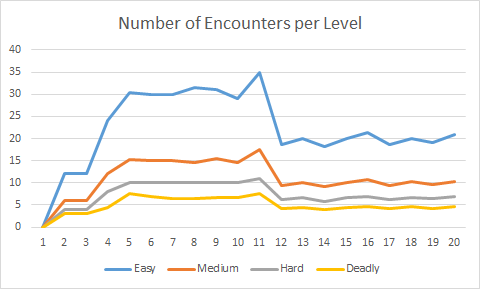First, I don't believe that "why" is something that this community can answer; this was a decision of the designers and their reasons, to the extent that they have any, are a mystery.
Notwithstanding, your question is why the XP per level looks like this:

Steady growth until 11th level, then a sharp drop and not reaching the 10->11 level again until 14->15.
However, the XP values are only one side of the equation; the other is how much XP is gained per encounter (p.82 DMG). Ignoring modifiers, by combining these you get this chart:

Easy, Hard and Deadly encounters are approximately 2/3, 1.5 and 3 times a Medium encounter (presumably because of rounding off). Focusing just on the "Medium" encounters (which should be the bulk of encounters) it can be seen that you need 6 to reach levels 2 and 3, 12 to reach 4, approximately 15 for levels 5 through 10, 17 for level 11 and then about 9 to 10 for levels 12 to 20.
However, due to the strange way that XP budgets do not equate with XP awarded, you will only have this number of encounters if every encounter is with a single monster. If your encounters are typically with 3-6 creatures (most of mine are) then you will need twice as many encounters to get the same number of XP.
In this context, the jump at level 11 is only about 10% and then it falls to a much lower and approximately constant value.
If I were to speculate, and I will, I would guess that the design intent is to:
- Provide relatively rapid advancement through the early levels.
- Slow down this advancement in the mid-levels (4-11) to an approximately constant level of about 15 medium/10 hard encounters (noting that difficulty factors will make the actual number of encounters 2-3 times this).
- Provide more rapid advancement (about 1/3 quicker) for the levels 12-20.
This accelerates the PCs through the fragile early stages and provides rapid gratification, provides a long period of play in the mid-levels, suitable for the dungeon-grind and then move more quickly through the levels where nation and world shaking events may be happening.




